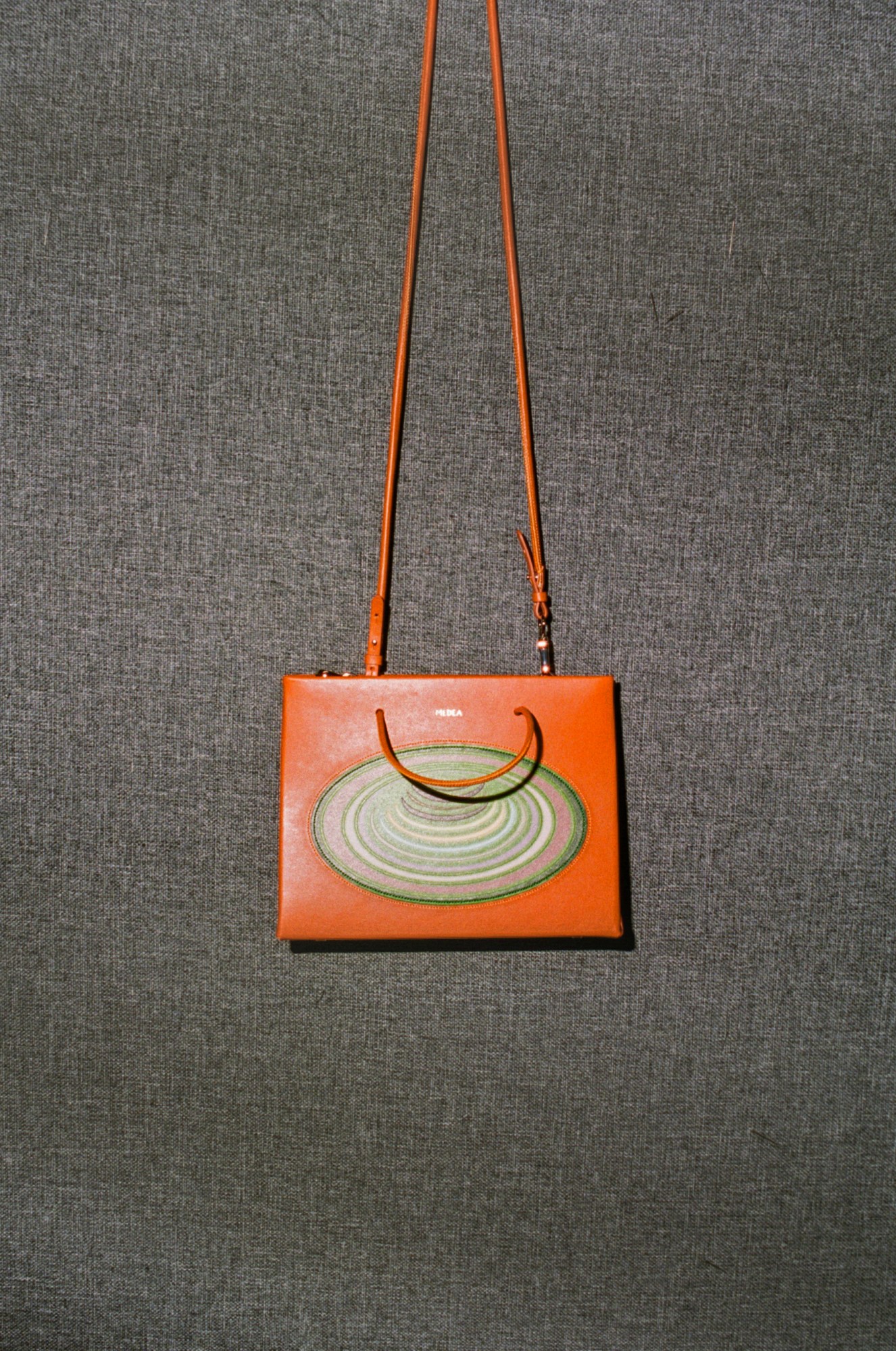How we perceive an object’s dimensions is a curious phenomenon — often what’s seen at first sight is not a faithful rendering of its true form. On a screen, for example, you might see a square, but tilted, it becomes a pyramid. Such meditations on how we perceive shape serve as the jumping-off point for the work of Laura and Deanna Fanning, the twin sisters at the helm of the womenswear division of London label Kiko Kostadinov.
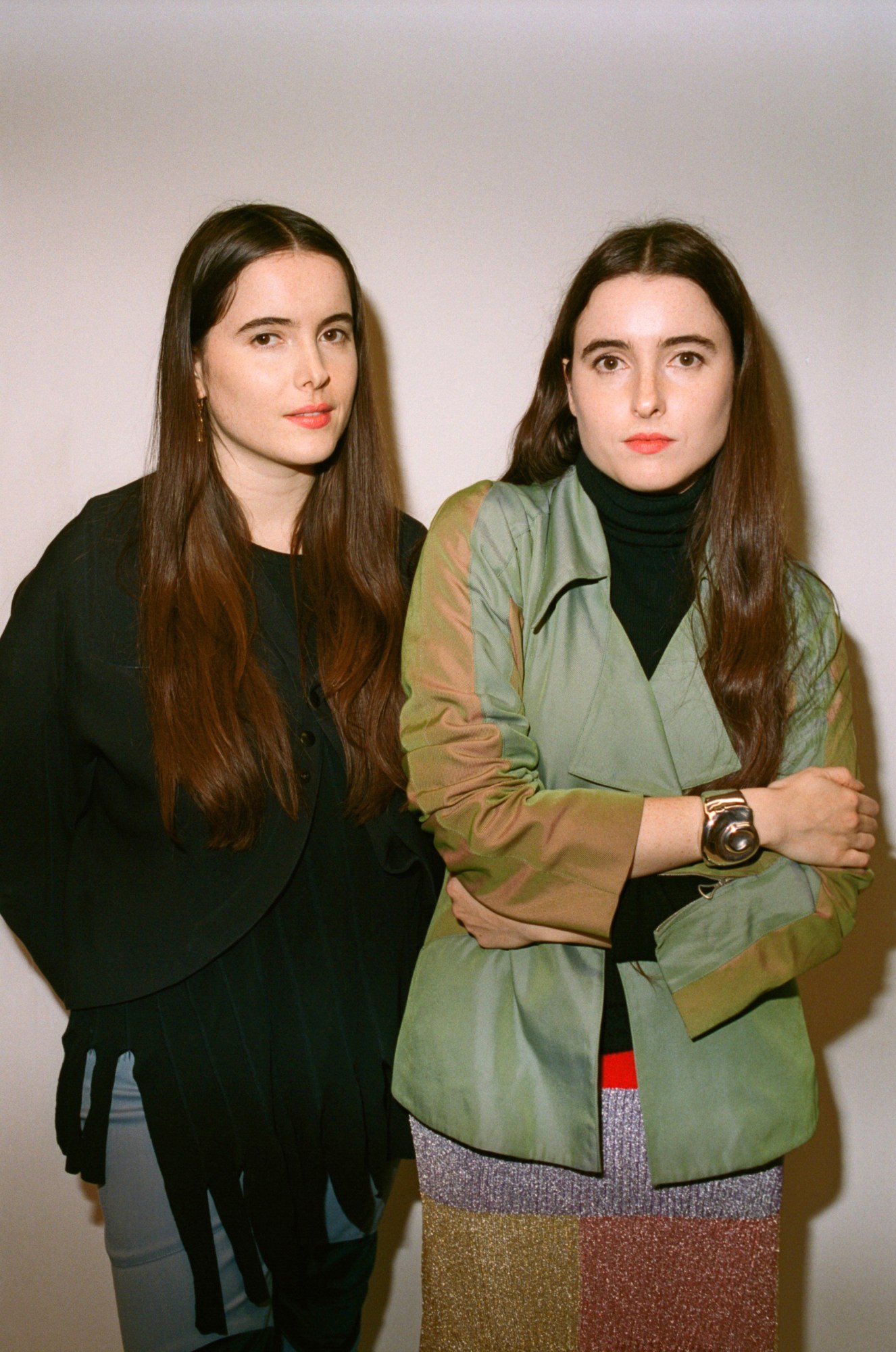
For AW20, their fourth collection for the brand they joined straight after graduating from the CSM MA, the pair have extended their exploration of colour and geometrically inventive takes on familiar silhouettes.
Inspired by the idea of flattening 3D forms, the diamond pockets that pepper the collection are the result of an intricate pleating and darting process, with a similar technique used to create diamond motifs on sharp tuxedo trousers, too. But their deliciously weird pattern-cutting is felt as strongly in effortlessly chic coats in khaki and black, whose clean construction belies the rigour involved in making them.
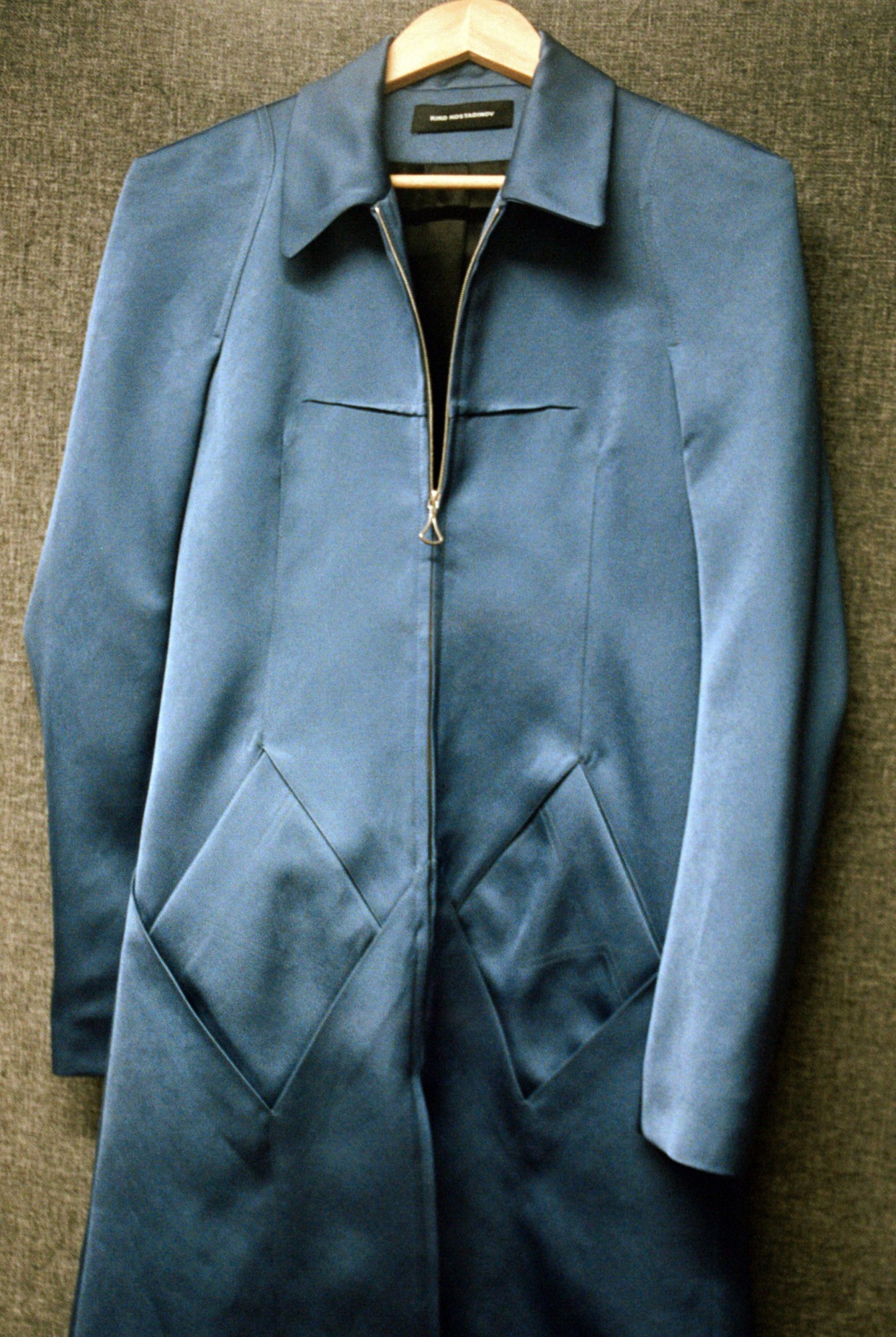
Elsewhere in the collection puckered v-neck sweater-dresses trick the eye into seeing zig-zag stripes — on closer inspection the effect is revealed to be the result of a repeated pyramidal texture in the knit. A similar effect is seen on a lilac satin shift dress, shirred in circles to yield bobbles down the sleeves. Fans of the girls’ polychrome patchwork will be drawn towards pieces like the cobalt blue mackintosh with ochre and burgundy sleeve panels, or a gigot-sleeved roll neck top, quirkily symmetrical in scarlet and beige.
AW20 also sees the furthering of their collaborative partnership with ASICS on footwear, as well as a fresh collaboration with the Medea sisters on a range of bags that bring together the best of the two cult brands’ worlds. Eager to learn more about the inspiration behind the collection, and how they hope this latest chapter in their tenure will be received, we caught up with the twins just before the show.
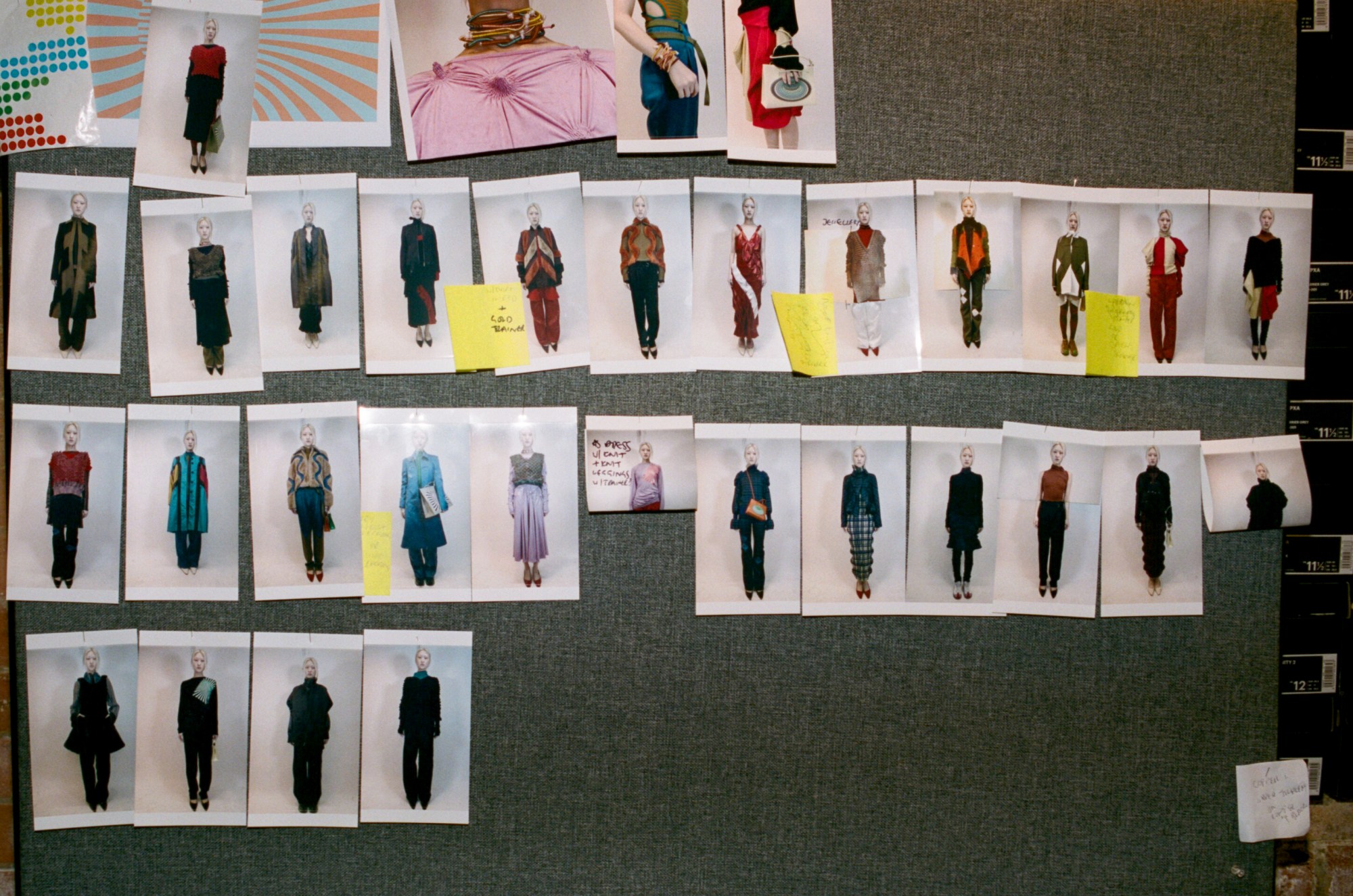
You’ve previously spoken of how you start a collection by amassing a broad range of references, be they literary, other garments or ideas, and creating material responses to them. What was the point of departure for this collection?
Laura: We actually started really simple this time around. Off the back of SS20, we were looking at 60s graphics. But we were also feeling really empty, there was this real sense of a void. So we translated that quite literally with the graphic that you can see on the bags made in collaboration with Medea. We were also thinking about how clothes are often judged by how well they’re presented in 2D — on a phone, for example.
Back in the studio, we were looking at our fabrics, and thinking about how we could subtly introduce 3D elements to quite simple womenswear tropes, like a slip dress, particularly where the patchwork and panelling you’ve previously seen is concerned. With the slip dress, for example, we’ve adapted a very typical, craft-based approach to smocking. You typically see it quite small, but we wanted to expand that to create a sort of diamond lattice
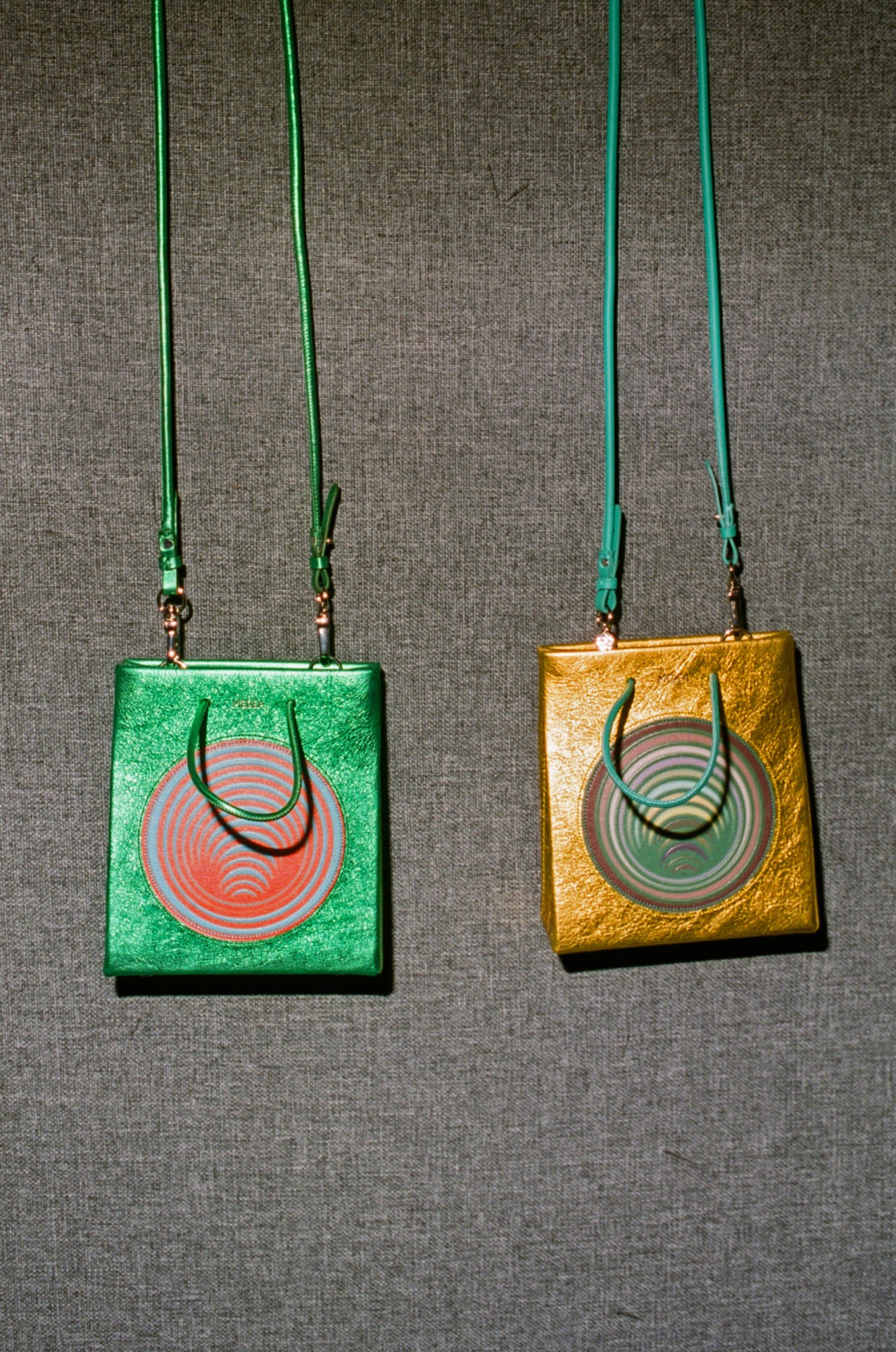
The collaboration with Medea is a particularly exciting development. How did that come about? Were there any particular shared points of similarity, or maybe even tension, that you wanted to explore?
Laura: We just really liked their bags, the simplicity of how precise and clever they are. We found the way that they present their work really interesting. It was really organic when we met them; we got on really well and thought it would be great to work with them on a project.
Deanna: The way the Medea sisters talk about their bags is really interesting because they work so closely with their factories. They visited us a few times with books and books of leather samples and little finishing details.
Laura: It’s great to work with other women like that in the industry — people that you meet and think ‘I’d love to dress you, you’d look great in our stuff.’ I think it really helped things to progress naturally.
Deanna: And they’re twins, too!
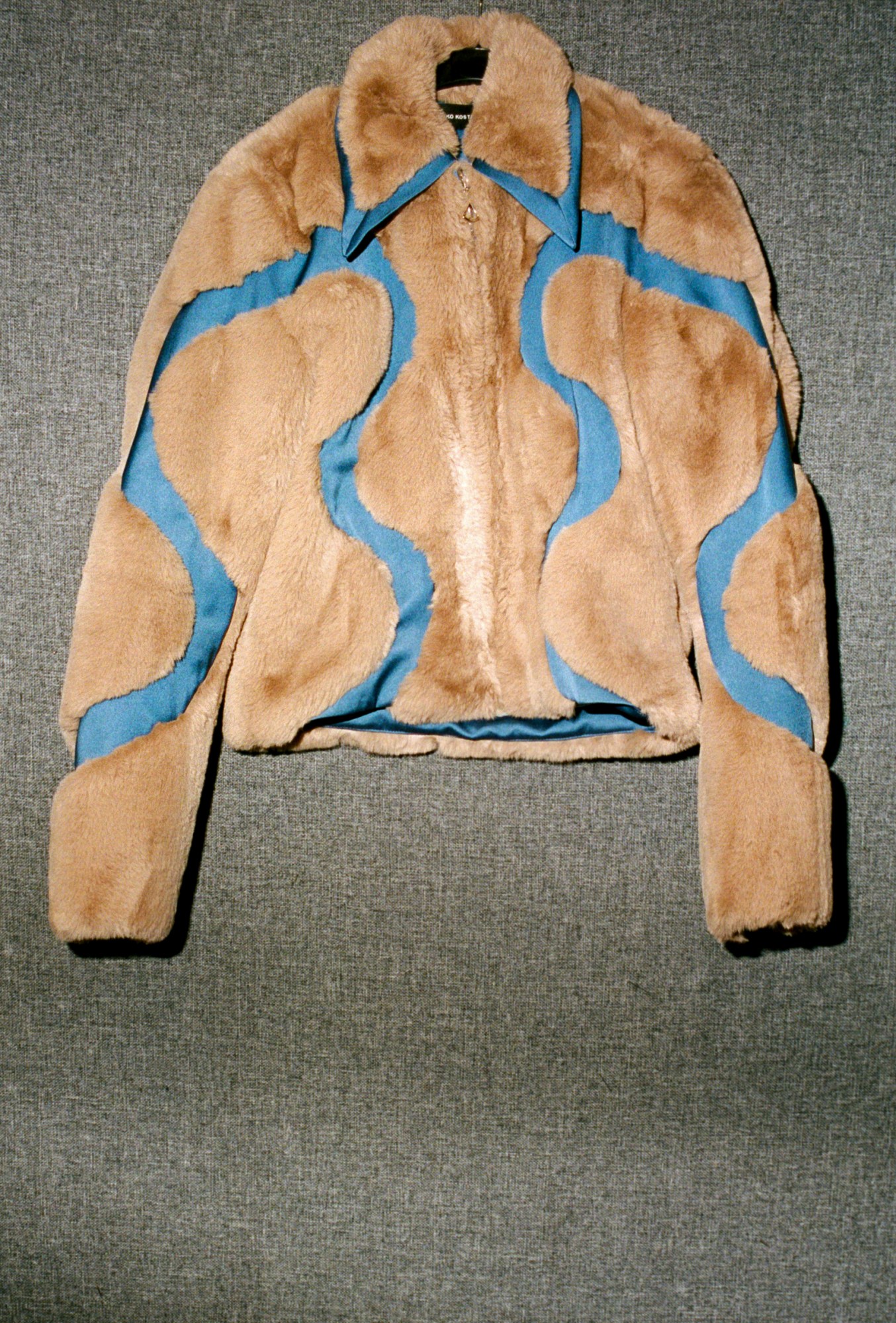
You designed a circular graphic for the bag, and contours and curvilinear shapes have become key motifs in your work over the seasons. Was this something you wanted to bring to this collection?
Laura: Yes, you can see it in some of the hybridised pieces, where we were looking at eco-fur [a kind of sustainable, synthetic alternative to fur] jackets and rain jackets, trying to play with the way you perceive their respective textures. There’s a piece where a panel’s shaved out and replaced with nylon, for example. The silhouette’s also really interesting: if it’s worn with trousers, it looks like a rain jacket, or like an MA-1 bomber, but with a dress, though, it looks much more like a fur jacket, which really skews the idea of how a garment looks on the body and the versatility of styling. I think that sense of experimentation with technical composition has always been part of our vocabulary, but this season we really wanted to push what we were doing with the textiles.
Deanna: You can really see that with the pyramid knitted structure we developed. We wanted to think about something like a simple striped V-neck striped jumper, how we could play with how that’s perceived. From afar it looks 2D, but up close you actually realise how 3D it is.
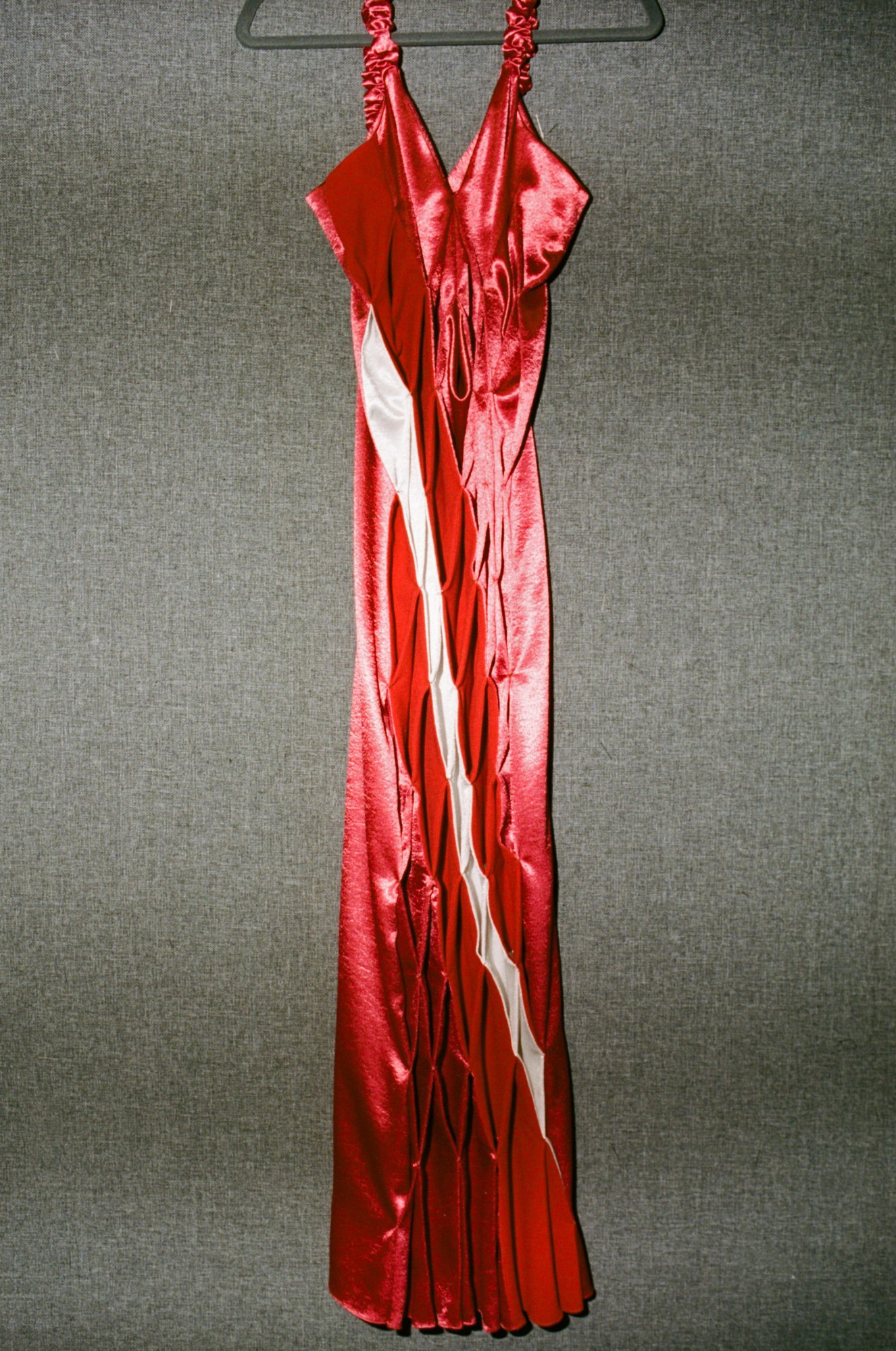
To what degree would you say that the fabrication and the techniques you were working with shaped the silhouettes of this season?
Laura: A large part, but also vice versa, seeing how we could adapt experimental fabrics and techniques to quite traditional, stereotypical forms, like the slip dress, or tuxedo trousers.
Deanna: Or even a little black dress in eco-fur, too, which is really chunky, which deforms the silhouette. But it is, ultimately, a little black dress!
I mean, it’s certainly unorthodox as little black dresses go! Pushing fabric and textile experimentation this season is clearly important, but how does that tie into the signature you’ve established in your time at Kiko Kostadinov?
Laura: I think we definitely still have a lot of the pattern cutting and development in that respect. The trousers and the jackets, our approach to panelling… And this season we have the diamond motif, which I think of as a development on last season’s circles and spirals.
They referred to themes of divinity and infinity, didn’t they? Was there a particular meaning of more angular shapes for AW20?
Deanna: We were really thinking about dimensions — 2D, 3D… we were even joking about working with a fifth dimension at one point, a fifth dimension of perception, something like that. In a way, it was quite literal — if you have a cube, and you look at it directly from above, you’ll see a diamond.
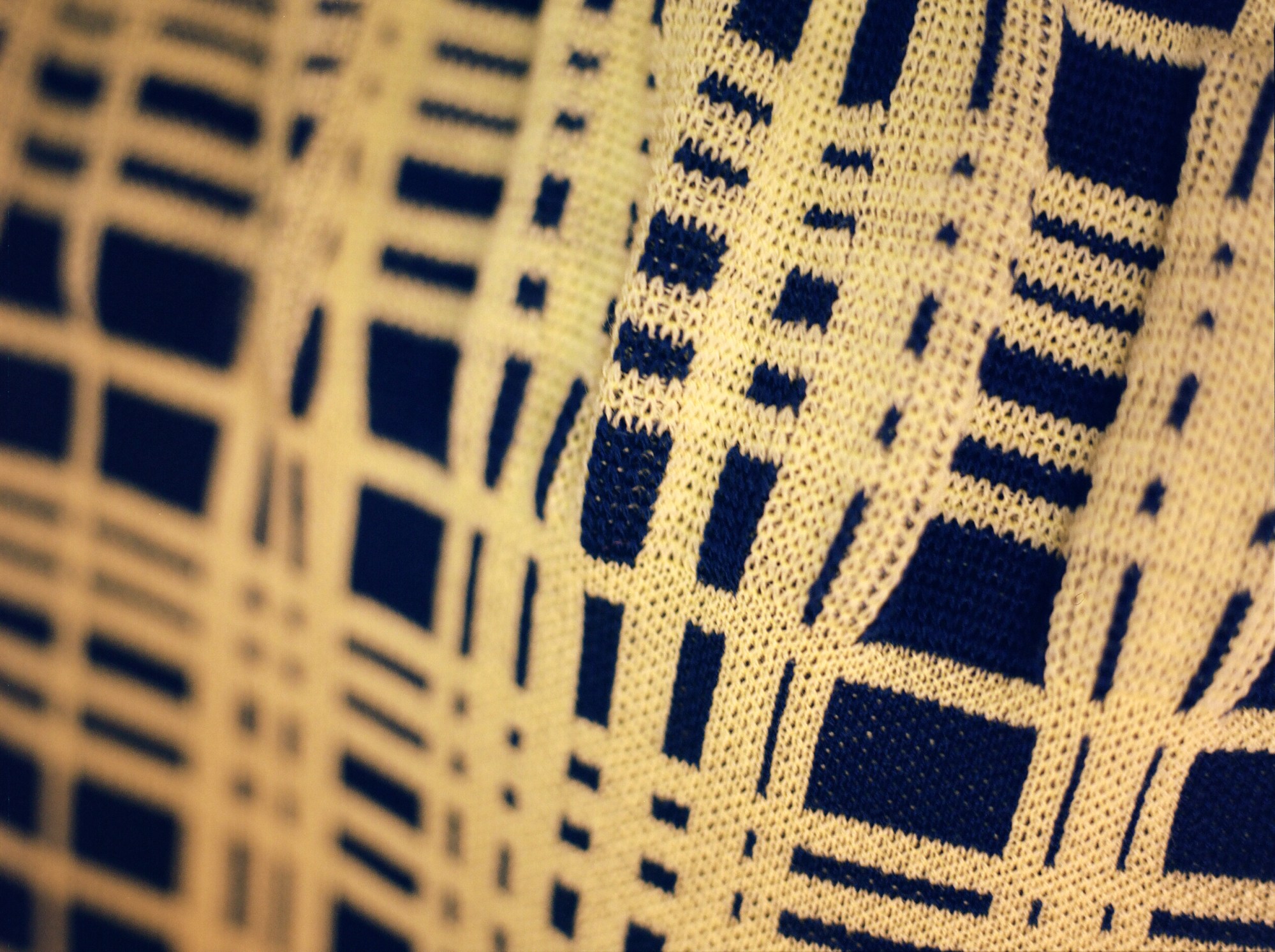
You seem to have adopted a slightly darker palette, save for a few pieces. What inspired you to go for a more sombre tone?
Laura: Well, we always have really strong knitwear, and strong ideas in cutting, and we just wanted to streamline those ideas for the viewers, so they’re able to take things a bit more slowly and perceive things at a pace that’s not so…
Deanna: …not so sporadic, or abstract perhaps — something a bit more linear. We were saying the other day that it’s almost like dimming a light. It starts really dark, before transitioning to this orangey-red, picking up a bit, and then going back to black. I think it’s a good way to appreciate the textures and the skewed nature of some of the garments.
Laura: I think we were really keen to explore something else this season. We wanted to investigate darker tones as a medium for the textural work.

You’re now four collections in, and no longer in the ‘graduate designer’ stable. What do you hope the audience takes away from this collection?
Deanna: I think maybe the fact the woman we’re conveying here is also developing, and that there are different sides to her.
Laura: Yes, these are pieces that you can integrate more with other items from your wardrobe. I think that when you’ve just graduated, you’re very conscious of creating a complete image. As you move on, though, you realise that people don’t want to dress in head to toe looks, or simply can’t afford to. How can you inspire people to want to pick up just one piece? We hope that this collection offers a response.
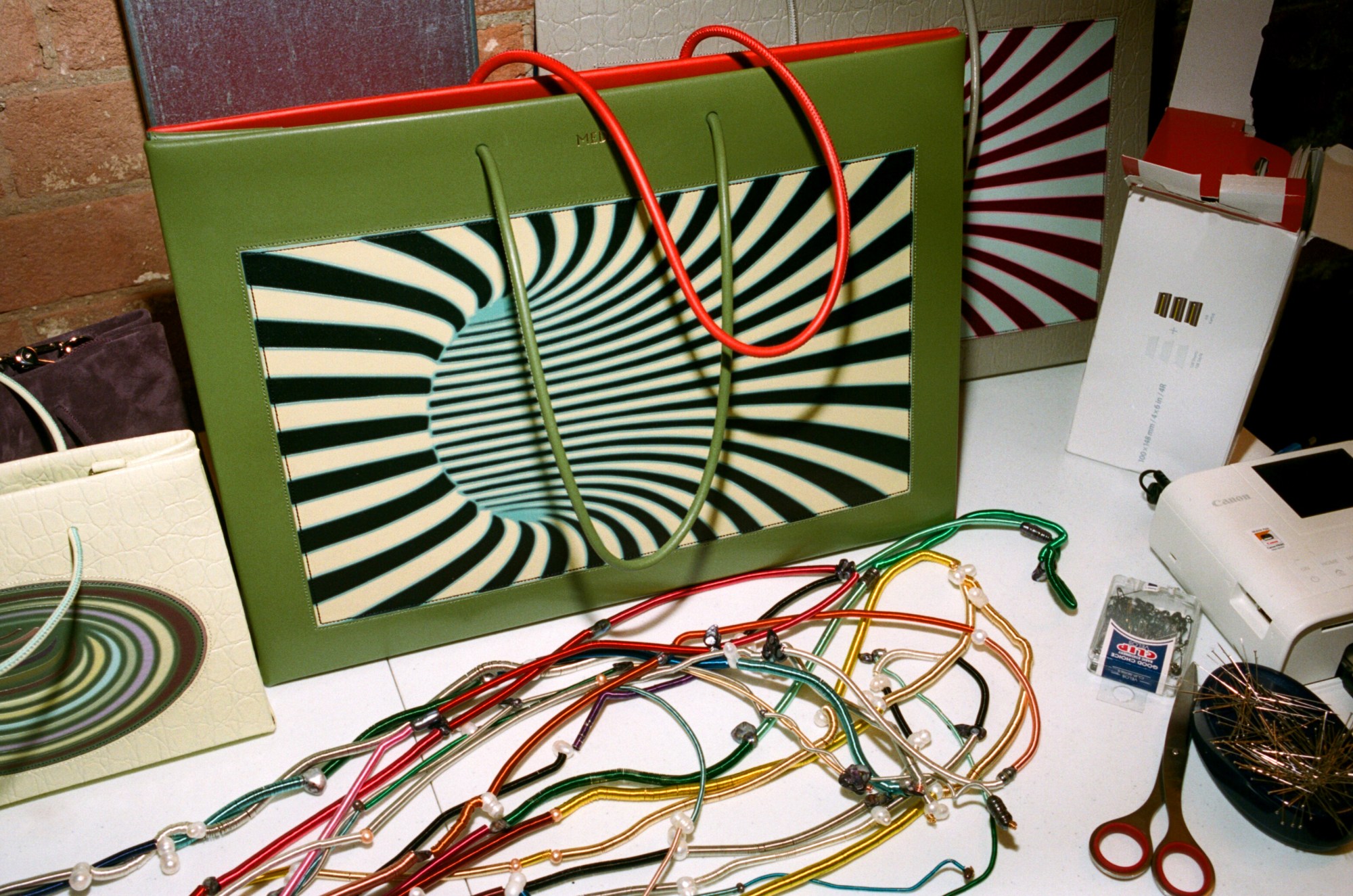
Credits
Photography Heather Glazzard
